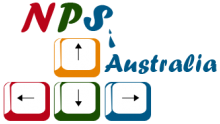Evaluating YOLOv8 and YOLOv11 photovoltaic panels detection performance in large scale solar power plants
The principal contributions of this work can be summarized as follows:
-An analysis of frequently used YOLO architectures (v8 and v11) for the detection of photovoltaic (PV) panels, comparing precision and computational performance. Considering large and small parameters implementation for each of the YOLO versions.
-Creating a mixed dataset combining single-frame and orthomosaic images. Two different UAV systems and two geographic locations were chosen for providing variability to the image dataset.
-Adding transformations to the images captured by the UAV system for extending the variability of the dataset.
